One of the goals of advertising is to catch people's attention and interest. Creativity is one of the most important elements in creating a catchy ad, attracting attention, and building a community of valuable customers and brand ambassadors.
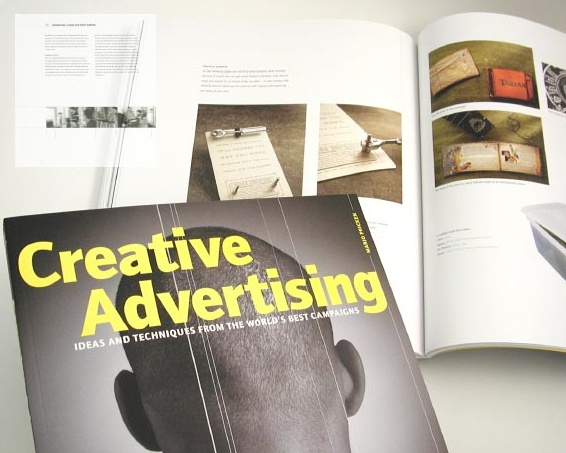
Creativity also means being able to find uncommon solutions to a problem, as creative ads have a deeper impact on customers and a better ratio than traditional ads.
Yesterday, I met one of the global creative directors at Saatchi & Saatchi, Luca Lorenzini, who is from Tuscany, Italy. Saatchi & Saatchi is one of the most well-known and respected advertising agencies in the world. They have 130 offices in more than 70 countries, including a large headquarter in New York with hundreds of employees.
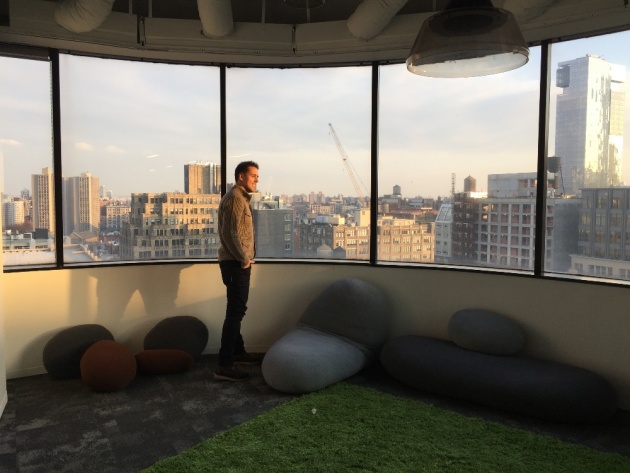
Luca Lorenzini
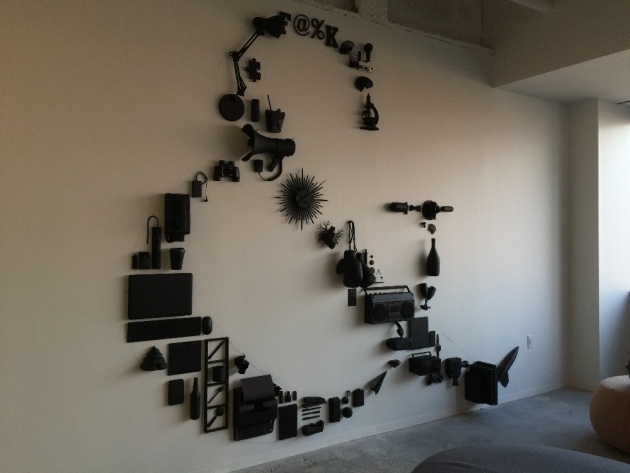
In their New York headquarter, I got to see the young creative generation, working in groups or individually, quietly interacting in open spaces, glass-door rooms or strategic corners with views of the city and river. Visiting their office was really interesting and inspiring.
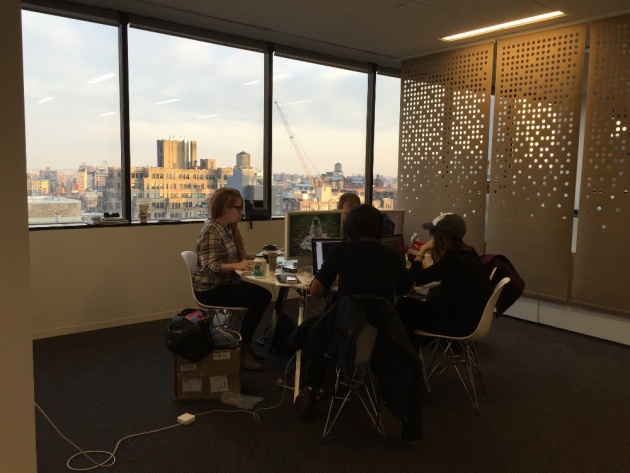
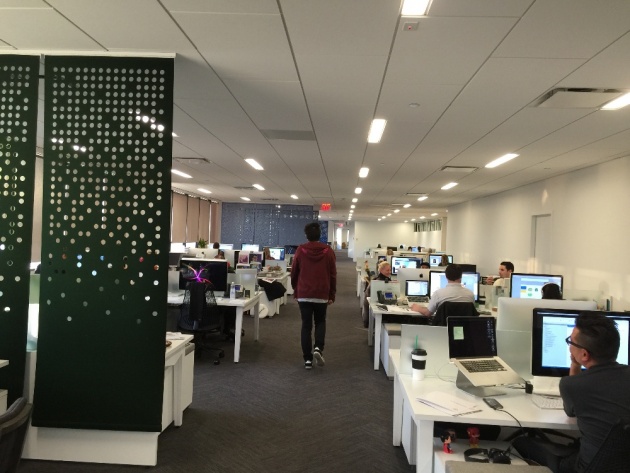
I found Luca an interesting, humble and polite person, with a clear professionalism and vision for his life. Luca spoke about the importance and use of creativity in his job and explained in which cases creativity does and doesn't work in advertising. He mentioned that in modern societies, creativity has a bigger impact and better results in advertising, while in more traditional societies, it can sometimes find resistance. He gave the example of an ad created for Fiber One bars featuring a pregnant man. Even though more conservative companies might not produce such an unusual advertisement, people might really like a creative ad of this kind, this can change the dynamics of the market and open new perspectives. He also added that it all depends on the community's capability to accept something out of the ordinary which might diverge from their habits. The ads of the pregnant man wasn't produced for the Italian market, but someone shared it on a Facebook group for Italian moms and it generated over 30 million views with over 400.000 shares, results like this are an eye opener for companies in the region.
In developing countries such as Afghanistan, creativity is even a more important element to create change in the society and fuel further development. As an Afghan woman, I know that creativity can be a tricky matter there. Because the median age in Afghanistan is about 18 years old and modern consumer products are still a novelty, advertising can find fertile ground for new creative minds and a new growing markets. While doing unusual or odd things would raise issues in conservative societies, it would also have a much deeper impact on people’s minds. Not a coincidence that in 2001 there were nearly no cell phones and today Afghanistan count over 18 million cell phones with a population of 30 million citizens!
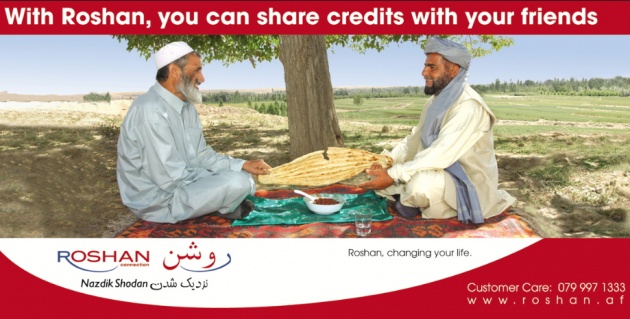 Ads in Afghanistan
Ads in Afghanistan
Advertising is a powerful medium to open people's minds and entertain them beyond the product promoted in the ads, especially in countries surrounded by war and terrorism. Even if you don't buy the product on that day, you can learn something new or enjoy your time during the advertisement such as pregnant man. What if the child of a Taliban enjoys eating Cheerios because of their colorful boxes? Will this influence the family perception about the country where Cheerios and its box are produced and designed?
Social good advertising is also a creative and smart way to make a brand more valuable among people. Customers are more interested in brands that who care and support social causes. Even though, it’s still a new phenomenon in developing countries, its impact in advertising has already been demonstrated.
After visiting Saatchi & Saatchi's office, I further realized how creativity is necessary and valuable to development. It might be difficult to bring something new in a conservative society, but it is not impossible. How long can people resist against a good phenomenon? How would someone know if something is good or bad when they have never tried it?
If you have comments and suggestions please share it with me on this article!
You can also read the Farsi version of this blog here.
Thanks
Elaha Mahboob



